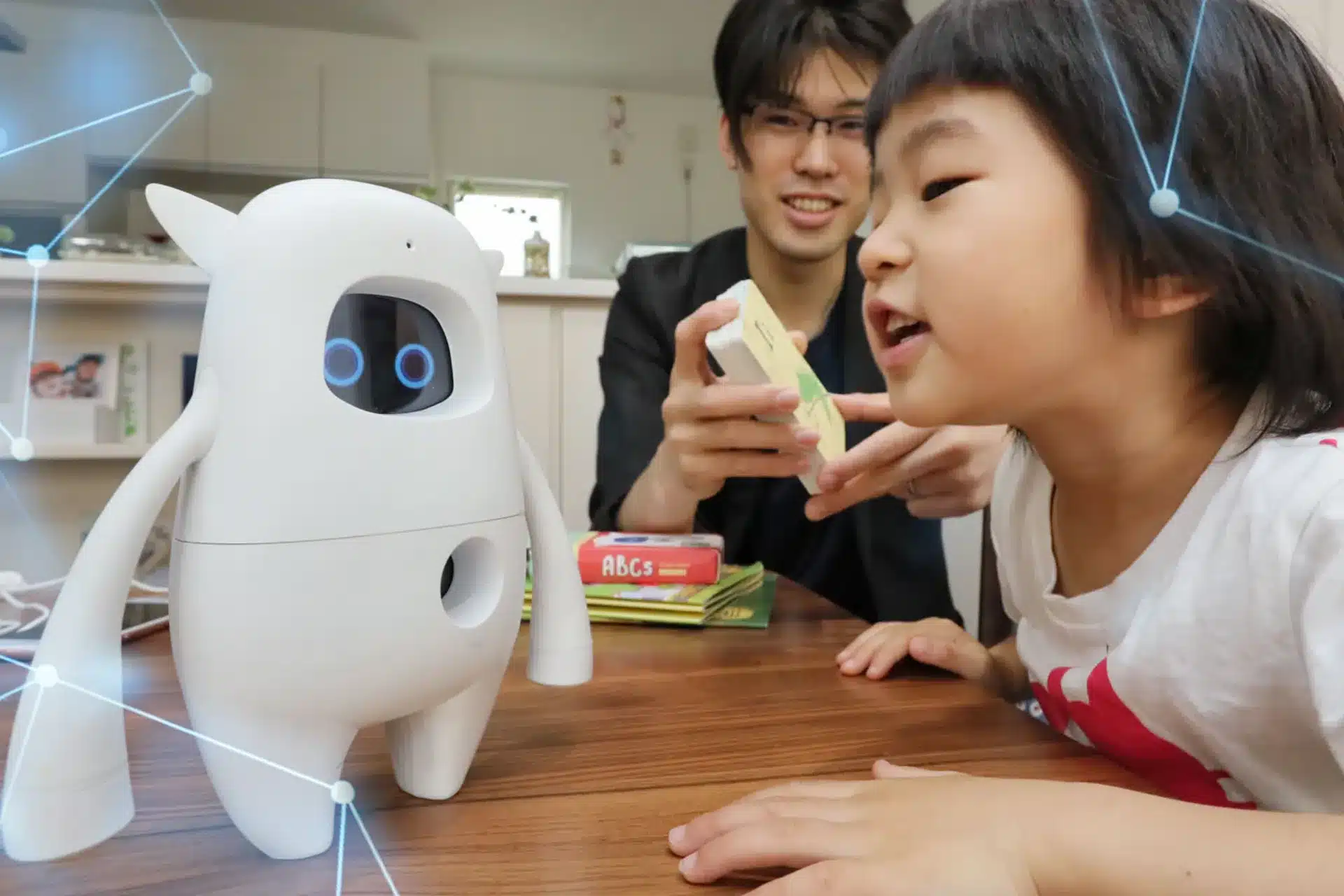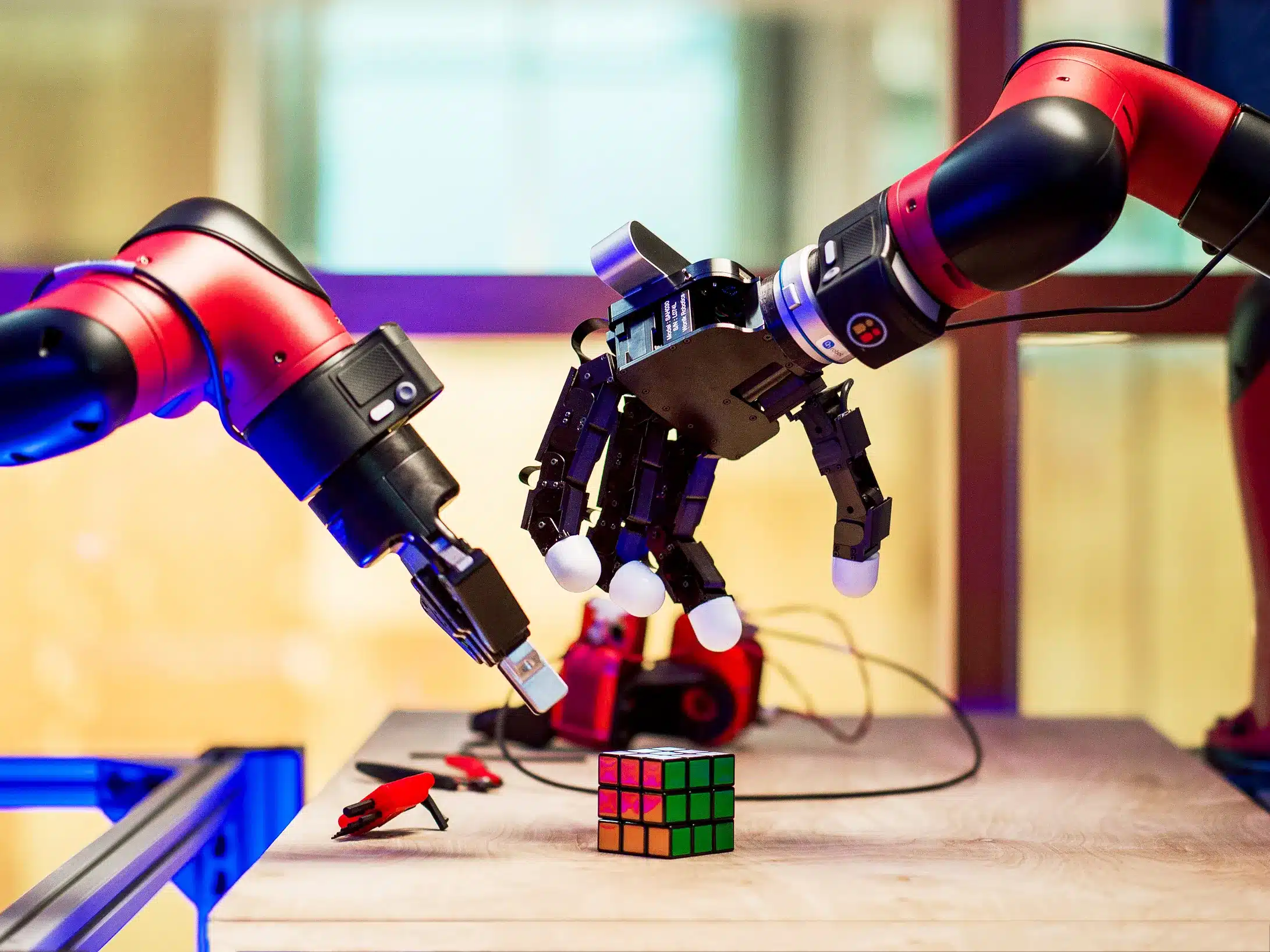Robotics lessons can be used in any grade or subject, not only science and math. They can also be used in English and social studies.
Using robots and robotics in the classroom is also a great way for teachers to incorporate STEM subjects like computer science and engineering without losing sight of their students’ learning goals.
To augment a literature lesson, students can programme robots to depict literary characters’ journeys. Students can determine the time to run a programme for their robot using math.
STEM does not need instructors to abandon their entire curriculum. Instead, execute one project or performance task per semester, for two to three weeks at a time. Keep it simple, and focus on the pleasure and learning.

Here are some resources and suggestions
#1. LINKING ROBOTS TO SCHOOLS
Robotics is an area of engineering that deals with the design, construction, and use of robots. This field combines with CS.
In the classroom, educational robots help youngsters learn basic engineering design and programming abilities while allowing them to observe real-time code effects. We may also help kids build professional skills like planning, teamwork, and perseverance while integrating literacy, science, and math. Here’s an infographic about the abilities we can help students build.
Here is some background for pupils to keep learning authentic:
- In commercial agriculture, robots roam farmland, harvest crops, and care for plants without human assistance.
- In health care, AI and AR help disabled people wearing robotic exoskeletons find their way.
- Robust mechanical arms assemble cars and conduct precise instals.
- Remotely operated vehicles collect data from space and other worlds.
#2. SELECT A ROBOT
Choose robots that are easy to assemble and clean up afterward while teaching robotics in the classroom.
The following firms provide alternatives for all grades and budgets:
- PBS Kids: Curious George Build a Bot for K–5.
- Help K–5 kids programme robots using Bee-Bot.
- Pupils can use Sphero to create shapes, spell, and learn coding. This at-home guide allows parents to assist as well.
- Ozobot: Offers K–12 coding choices with or without computer screens.
- Lego and Vex also allow students of all ages to build robots, which is popular among hobbyists and competitive robot builders.
#3. FRAMEWORK FOR BEGINNING
Regardless of your robot or platform, take these four calculated actions to help your children become accustomed with technology.
- Know your gear. Students can identify and categorise their robot’s primary components by exploring lessons through play. Start with structure, motion, electronics, and other tools. Be sure to explain each group.
- Make the robot (when applicable). This is a fun phase for younger students who are new to robotics.
- Know the functions of gears, motors and sensors. This step explains essential ideas in automation and robotics engineering and offers context for the utilisation of the robot’s components.
- Learn to code. Most gadgets come with missions that show kids how to use motors to move the robot and sensors to detect touch or motion. They can create their own programmes using visual programming blocks as they get used to the built-in applications. That’s why the block coding option in the Sphero Edu app is built on Scratch.
#4. PERFORMANCE TASK USE
An entire robotics unit may be too much for a subject instructor, so assign a performance challenge where students build a programme that allows their robot to do a task. To construct your own GRASP model (Goal, Role, Audience, Situation, Products).
Consider these logical curricular linkages while creating performance challenges.
English Language

- Help kids connect writing with proper grammar to programming robots with right syntax.
- Students can help a character solve an issue (such travelling a certain distance, utilising gears strategically to cross difficult terrain, or employing sensors to warn of danger) by thinking logically about their creations.
- See a Wonder Workshop lesson.
Mathematics

- Make paper robots to study geometry.
- Improve algebraic thinking skills.
- Examine the algebra required in driving motors in wheeled robots.
- Also, check out a Sphero lesson.
Science
- Create and programme robots to solve problems.
- Students engage in design teams to investigate, build, and test the best viable solutions.
- Learners investigate real-world scientific questions in earth science and physics.
- Students test theories.
- See a Lego lesson.
Sociology
- Careers in robotics are studied.
- Students build simulations of robot manufacturing and distribution.
- Students can programme robots to navigate a floor map.
Interested?
Contact us through our dedicated customer service to set up a free trial lesson with a local or international coding and programming expert.







